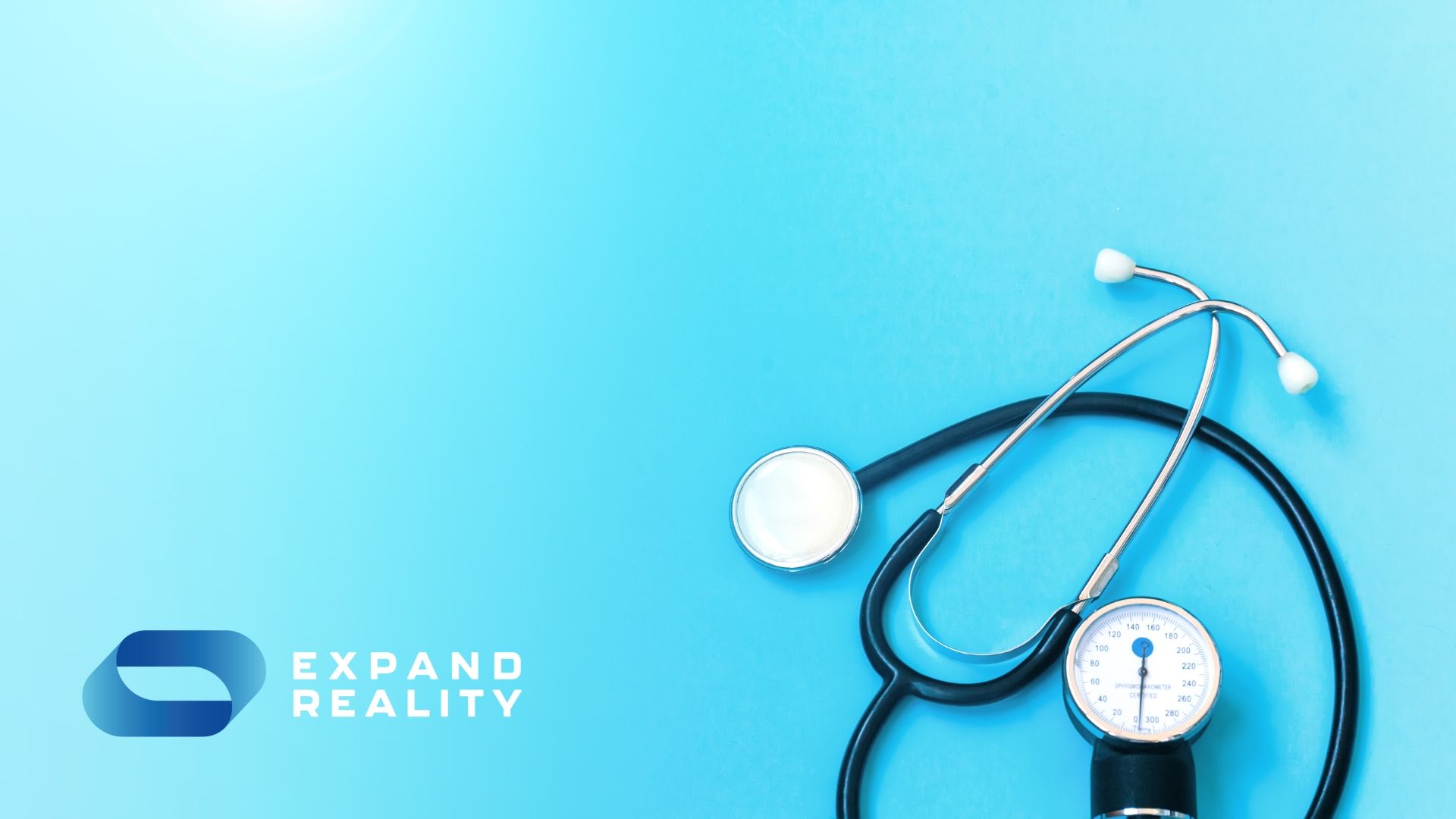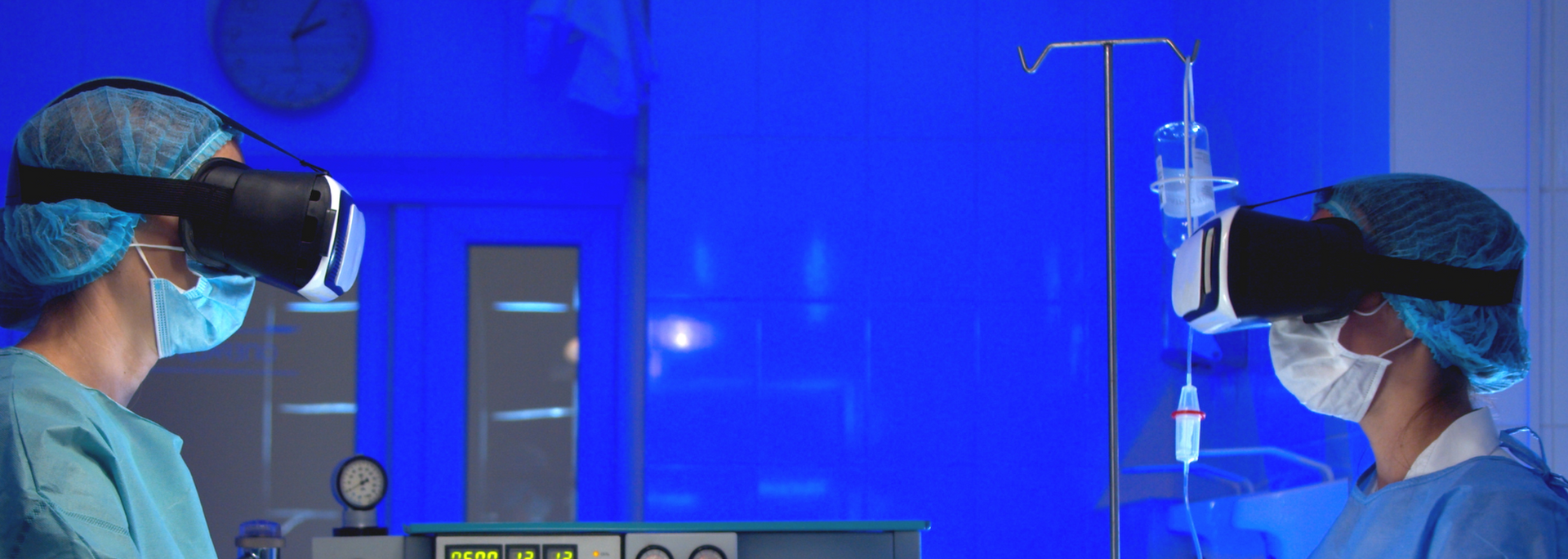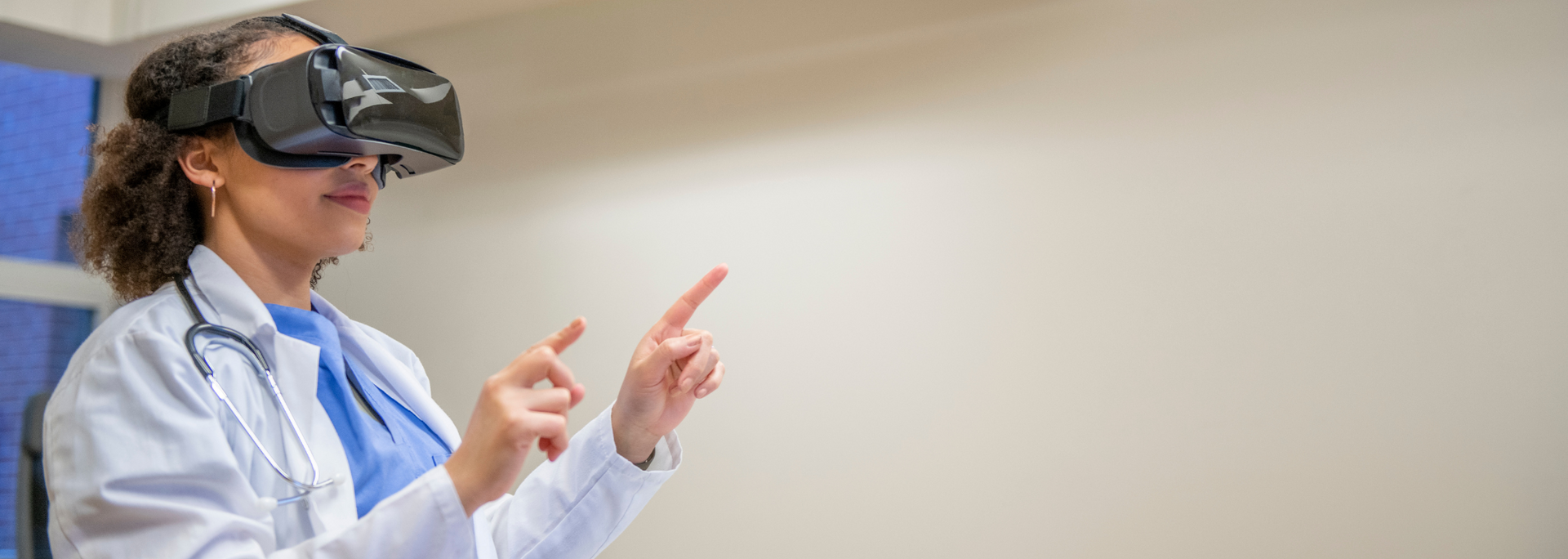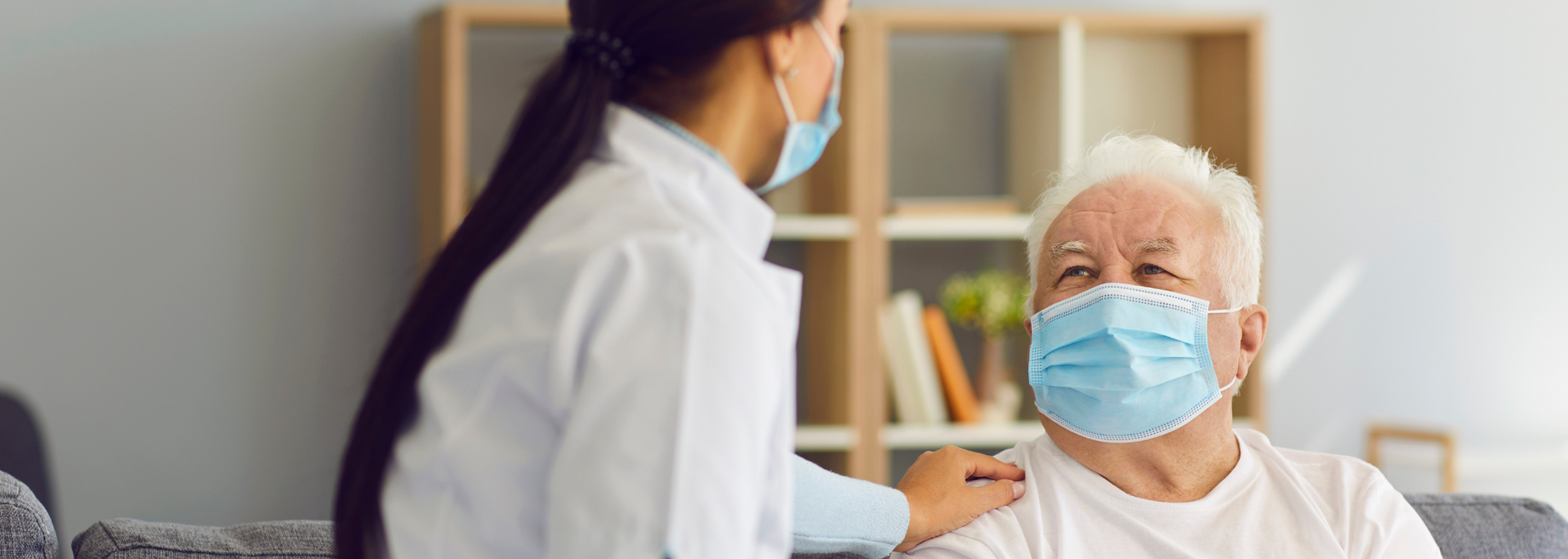hello@simplyvideo.io
XR in healthcare: 4 transformative trends
Extended reality is all about gaming, right? In fact, it can be used to save lives in medical settings. Discover more about XR applications in healthcare.

XR, or extended reality, encompasses a wide range of cutting-edge technologies – from digital objects overlaid on real-life surroundings to full-blown immersive landscapes.
To many people, it might appear to be the preserve of wealthy gamers – and they'd be surprised to learn that it can also save lives.
That's right. In healthcare, XR technologies are being used to make surgery, training and other procedures safer and faster.
In this article, we take a look at four of the most transformative use cases.
1. Pre-surgery
In 2022, London's Great Ormond Street Hospital was the site of an extraordinary operation. Bernando and Arthur Lima were three-year-old conjoined twins who were going to be surgically separated.
This is a high-risk operation that can last as long as
24 hours. If, like Bernando and Arthur, the patients are joined at the head, one twin will have most of the blood vessels going into their head. Each connection has to be divided, one by one, so the twins can develop their own circulation.
Anything to ease this process is welcome. And in the case of Bernando and Arthur, XR meant the surgeons were more prepared than ever.
Ahead of the operation, surgeons from London and Rio used VR projections of the boys, constructed out of CT and MRI scans. Though physically separated by the Atlantic Ocean, the surgeons wore headsets and carried out a virtual dress rehearsal of the operation together.

It's not for nothing that Professor Noor ul Owase Jeelani described this as "space-age stuff" – and it saved these boys' lives.
This is just one example of a growing trend in healthcare: pre-surgical preparation carried out with virtual facsimiles called digital twins.
2. Medical training
Medical students need to be prepared for real-life operations. Often, they learn with a cadaver or live patient. But more and more schools of nursing are rolling out XR solutions.

A student can wear a headset and participate in a simulated experience. This could be through augmented reality (AR), where a virtual image is overlaid on their real environment, or virtual reality (VR), which is more immersive.
At John Hopkins School of Nursing in Baltimore, VR training is available at all levels – from doctoral students to trainee nurses.
Students wear an Oculus headset hooked up to a Dell laptop. Scenarios that can be practised include resuscitation, anaphylactic reaction treatment, post-surgical management, acute care management and paediatric critical care.
This reflects a wider trend in XR – using VR headsets to practise high-risk scenarios. Whether you're learning about disaster management on an oil rig or machine repair on the factory floor, it's a way of learning through doing in a safe environment.
As well as being safe and participatory, XR training has one big advantage – it's repeatable.
Once a cadaver has been worked on, it can't be reused. This raises ethical questions as well as issues of availability. With VR, trainees can deepen their motor skills and decision-making through repeated scenarios.
At Massachusetts General Hospital, for instance, medical students are using an app called PrecisionOS to drill the motor skills needed for orthopaedic surgery.
As in Baltimore, VR glasses are connected to a laptop. The professor can see what the trainee is seeing through their headset.
As Dr Augustus D. Mazzocca puts it, "The beauty of virtual reality is now I can see what the learner is looking at for as long as they’re looking at it, and I think that really helps teaching".
There are many examples of XR hardware and software using this "see-what-I-see" technology. It allows for remote assistance to be integrated into daily workflows – something that's making a big difference in a range of sectors.
3. Mental health treatment
Whether it's exposure therapy, distraction therapy, or multisensory experiences for people with limited mobility, XR is increasingly a feature of mental health treatment.
Take Mindset, a UK-based VR solution for people with mental health issues. It provides "distraction therapy" for pain, anxiety and stress and has already been deployed in NHS hospitals as well as care homes and hospices.

England is the first country in the world to launch clinical training for perinatal mental health using XR.
Perinatal depression affects between ten percent and 20% of people giving birth in the UK. Its effects range from the mild to the severe – and it's not always dealt with successfully by healthcare professionals.
"Stacey" is a virtual patient whose avatar is used to deepen the skills of healthcare professionals who interact with people with perinatal mental health issues.
They're led through simulations by an instructor. As with pre-surgical digital twins and XR training, it's a way of practising skills in a low-risk or no-risk environment.
Other applications in the mental health sector include healthcare programmes for seniors and people with limited mobility.
This includes things like VR driving simulators, interactive sensory rooms and multisensory experiences – whether walking on the moon, going on safari, or pretty much anything in between.
It can also be used to manage anxiety triggers and treat phobias.
4. Visualising patient data
Most of the examples we've looked at so far fall under the category of VR. But AR also has a role to play.
AR is where digital images are overlaid on the real world. It's familiar to many through Snapchat filters and games like
Pokémon Go – but can they be used to speed up medical procedures with no loss of accuracy?
AR smart glasses can overlay anatomical data onto a patient so that clinicians can make faster decisions. We see this, to take one example, in the world of vein visualisation.
In this application, a map of veins is overlaid on the patient's skin so that healthcare professionals can find veins that otherwise couldn't be seen or felt. This is invaluable when drawing blood or administering an IV.
Vein visualiser AccuVein claims that their service increases the likelihood of finding an appropriate vein by 98% in paediatric cases and 96% in adults.
Do you want to explore the potential of
XR in healthcare? Here at Expand Reality, we help organisations unlock the power of XR wearables. To get started, take a look at our
online XR store.

Contact Us
Connect global teams. Collaborate with remote experts. Streamline processes and unlock cost savings with industry-ready extended reality technology.
Contact Info
hello@expandreality.io
Gemini Business Park
Sheepscar Way
Leeds
LS7 3JB
All Rights Reserved | Expand Reality







